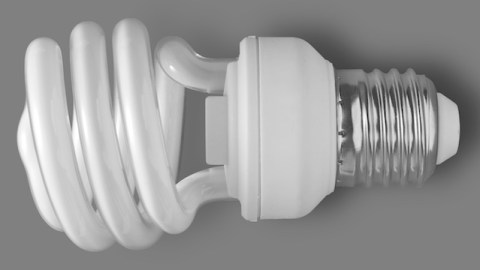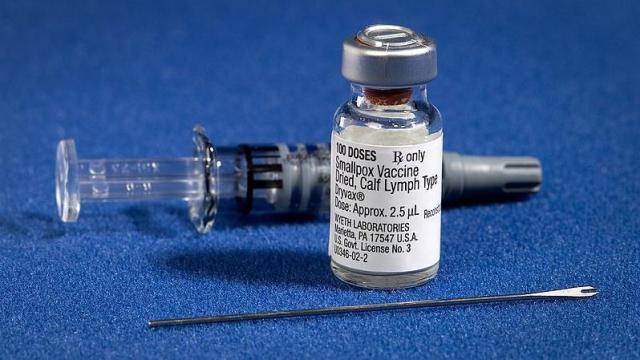The Energy Efficiency Paradox

We generally assume that if we use more energy-efficient machines we will use less energy. If we install energy-efficient light bulbs in place of incandescent bulbs, for example, it will take less energy to light our homes. But both economic theory and the historical evidence suggest that in long run the opposite is true: when we use energy more efficiently we actually tend to use more energy.
All else being equal, installing more energy-efficient machines should mean using less energy. We will use less energy, in other words, if we simply replace our old incandescent bulbs with newer, more efficient bulbs. But, as Terence Tao explains, the lower cost of energy also encourages us to make our homes even better lit by installing even more bulbs. And we’re likely to use any money we save on the cost of lighting our homes on something else that also consumes energy. The basic idea is that when we can do more with less energy, it may become worth it for us to use energy in new ways. The result may be that we actually end up using more energy when our appliances become more energy efficient.
As Cameron Murray explains—in an article that is well-worth reading—this is sometimes known as “Jevons Paradox,” after the 19th century English economist who noticed that as people began to use coal more efficiently, they began to use more coal, not less. Contemporary economists talk about what they call “the rebound effect.” This occurs when the savings that come from using more energy-efficient machines are offset to some extent by the increased use of machines. Even if our individual energy savings more than make up for our new consumption of energy, greater energy efficiency may lead to faster economic growth, which in turn will lead to a greater demand for energy.
Economists argue about how large the rebound effect is likely to be in different economies at different times. But a new study led by Jeff Tsao of Sandia National Laboratories concludes that more efficient solid-state lighting could increase the consumption of lighting by a factor of ten by 2030, in much the same way as the introduction of electric lighting vastly increased the amount of light we consumed. That would more than offset the amount of energy solid-state lighting would save through its increased efficiency.
Of course, whether or not the rebound effect is actually large enough to offset the savings of from greater energy efficiency in any given case is an empirical question. If at some point the benefits of increased use of lighting diminish—or if we begin to value using less energy as a good in itself—then the rebound effect will get smaller. But as a general rule it’s important to understand that for all its other benefits energy efficiency doesn’t necessarily mean energy conservation. It would be nice if we never had to make any hard choices. For the foreseeable future, our energy use is likely to go down only if energy becomes more expensive or if we directly limit its use. But the sad truth is that no matter how efficient we make our machines, reducing our energy use is almost certainly going to mean foregoing some of the things we could be using energy on.
Photo: Sun Ladder





